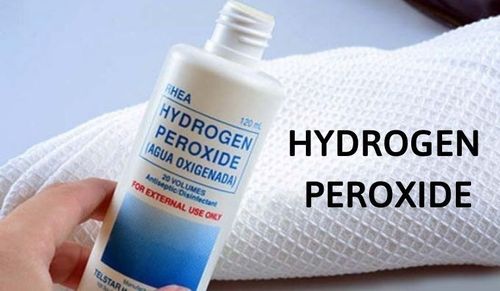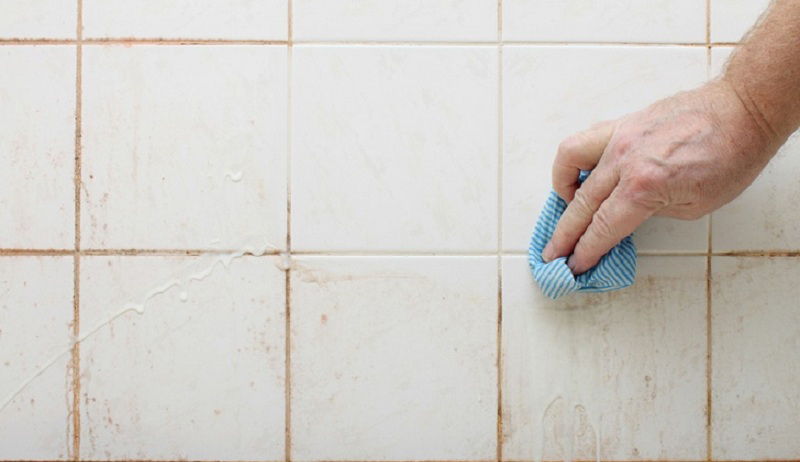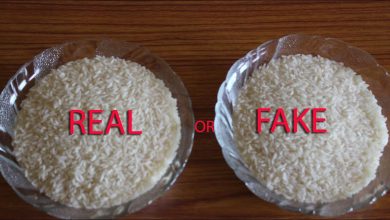Hydrogen peroxide is a versatile and often overlooked household staple. Its chemical composition makes it a powerful oxidizing agent, providing a multitude of uses beyond simple wound care. From cleaning and disinfecting to gardening and oral hygiene, hydrogen peroxide can revolutionize your household chores without breaking the bank.
In this article, we will unveil 15 surprising uses of hydrogen peroxide that demonstrate its potential to simplify and enhance daily tasks around your home.

Understanding the Chemical Properties of Hydrogen Peroxide
Chemically speaking, hydrogen peroxide (H2O2) is a compound made up of two hydrogen atoms and two oxygen atoms. It closely resembles water (H2O), with an extra oxygen atom that gives it unique properties. This additional oxygen atom makes hydrogen peroxide a powerful oxidizing and bleaching agent, allowing it to break down into water and oxygen upon contact with organic material. Its antiseptic qualities make it an effective disinfectant, while its oxygen-releasing action is what drives its impressive cleaning capabilities.
Safety Precautions When Using Hydrogen Peroxide
While hydrogen peroxide is generally safe for household use, it is essential to handle it with care. Always use it in well-ventilated areas and avoid contact with eyes and skin. Concentrations available for household use are typically 3%, which is safe for various applications. However, ingestion or overexposure can be harmful. Always use gloves when handling, and store hydrogen peroxide in its original dark container to prevent breakdown from light exposure. Remember to keep it out of reach of children and pets.
Cleaning and Disinfecting Surfaces with Hydrogen Peroxide
Hydrogen peroxide is particularly effective in cleaning and disinfecting surfaces around your home. Simply spray a 3% solution onto countertops, cutting boards, and other surfaces to kill bacteria and viruses. Let it sit for a few minutes before wiping with a damp cloth. For tougher stains, you can mix hydrogen peroxide with baking soda to create a paste that can scrub away grime, leaving surfaces sparkling clean and germ-free.
Bringing Sparkle to Your Kitchen Appliances
Tired of dull and greasy kitchen appliances? Hydrogen peroxide can be your best ally. Spray it directly onto stovetops, ovens, microwaves, and refrigerators, allowing it to break down food residues and grime. A mixture of hydrogen peroxide and dish soap can also be used to scrub away tough stains and restore the shine to stainless steel appliances. Wipe clean with a damp cloth for a spotless finish.

Innovative Ways to Clean Carpets and Upholstery
Hydrogen peroxide can be a game-changer for carpet and upholstery cleaning. For spot removal, apply a small amount of hydrogen peroxide to the stained area, blot with a cloth, and repeat until the stain lifts. Be sure to test in an inconspicuous area first to ensure it doesn’t bleach the fabric. For a deep clean, mix hydrogen peroxide with water and a few drops of dish soap, spray evenly over the surface, and scrub with a soft brush for fresh and clean results.
Restoring Grout and Tile to Their Original Shine
Grout and tile can accumulate grime and discoloration over time. Hydrogen peroxide can help restore them to their former glory. Create a paste using hydrogen peroxide and baking soda, apply it to the grout lines, and let it sit for 10-15 minutes. Scrub with a toothbrush or grout brush to lift the dirt, then rinse with warm water. Tiles can be mopped or wiped down with a 3% hydrogen peroxide solution for a thorough clean.
Whitening Laundry and Removing Stains
Hydrogen peroxide is an excellent alternative to bleach for whitening laundry. Add a cup of hydrogen peroxide to your white laundry to brighten fabrics and remove stains. It is particularly effective on perspiration, blood, and wine stains. Simply pour a small amount directly onto the stain, let it sit for a few minutes, then wash as usual. Its bleaching properties are safe for most fabrics without damaging the material.
Reviving and Sanitizing Toothbrushes
Your toothbrush can harbor bacteria over time, but hydrogen peroxide can keep it clean and sanitized. Once a week, soak your toothbrush in a cup of hydrogen peroxide for a few minutes to kill germs and prevent bacterial buildup. Rinse thoroughly with water before use. This simple practice ensures a healthier oral hygiene routine.
Harnessing Hydrogen Peroxide for Oral Hygiene
Beyond sanitizing toothbrushes, hydrogen peroxide can enhance your oral hygiene too. A diluted hydrogen peroxide rinse (mix one part hydrogen peroxide with two parts water) can help whiten teeth, reduce gum inflammation, and kill bacteria in the mouth. Swish the solution in your mouth for about a minute, then spit it out and rinse with water. Do not swallow the solution and avoid using it more than once a week to prevent irritation.
Maintaining Freshness in Refrigerators and Freezers
Keep your refrigerator and freezer fresh by using hydrogen peroxide as a cleaning agent. Empty the contents, spray the interior surfaces with hydrogen peroxide, let it sit for a few minutes, and wipe clean with a cloth. It effectively removes odors, disinfects, and leaves both appliances smelling fresh and clean.

Using Hydrogen Peroxide for Plant Care
Hydrogen peroxide can benefit your garden as well. It helps aerate the soil and provides oxygen to plant roots, promoting healthier growth. A dilute solution (one tablespoon of hydrogen peroxide in a quart of water) can be used to water plants or spray directly onto foliage. It is also effective in treating fungal infections on plants and preventing root rot.
Effectively Cleaning Mirrors and Glass Surfaces
Achieve streak-free mirrors and glass surfaces with hydrogen peroxide. Spray a light mist of hydrogen peroxide onto the surface and wipe clean with a microfiber cloth or paper towel. Its evaporative properties ensure no residue is left behind, providing a crystal-clear shine every time.
Removing Unpleasant Odors from Household Items
Hydrogen peroxide is excellent at neutralizing unpleasant odors. Pour a small amount into a spray bottle and mist over smelly areas like litter boxes, shoe racks, or garbage bins. It can also be used to deodorize clothing, carpets, and upholstery. The oxidizing action breaks down odor-causing molecules, leaving your home smelling fresh and clean.
Enhancing the Cleanliness of Bathroom Fixtures
Hydrogen peroxide can make a notable difference in bathroom cleanliness. Spray onto faucets, showerheads, bathtubs, and sinks to disinfect and remove soap scum and mineral deposits. For deeper cleaning, combine hydrogen peroxide with baking soda to form a paste, scrub the area gently, then rinse with water. This method ensures that your bathroom remains spotless and hygienic.
Final Thoughts on Household Uses of Hydrogen Peroxide
Hydrogen peroxide is a versatile and powerful household tool that can simplify your cleaning routine and improve hygiene. From disinfecting surfaces and whitening laundry to gardening and oral care, its uses are both surprising and extensive. Always use hydrogen peroxide responsibly and follow safety guidelines to unlock its full potential. With these 15 surprising uses, you can harness the power of hydrogen peroxide to maintain a cleaner, fresher, and healthier home.
Resources




